Any successful educational material must meet the needs of the students using it with relevant and engaging content and delivery. For generation Z, that means catering to the unique learning styles and needs of a generation that grew up on social media and phones. Recognizing those unique needs and making changes to course material and delivery will allow you to create a more engaging learning environment, where students can stay interested and absorb information quickly and readily.
In most cases, this means enhancing the multi-touch learning environment favored by Millennial students to create a digital experience reinforced by in-person touchpoints and hands-on experience.
Who is Gen Z?
Millennials are defined as those born starting from about 1993 (although PEW sometimes defines after 1996), meaning that Generation Z encompasses students aged 6 to 23-25, including K-12 and college students.
Gen Z Financial Behavior Report
By the year 2020, Gen Z will account for 40% of all consumers. According to new research from EVERFI on Gen Z, this next generation is struggling with basic financial literacy questions and are unable to handle financial stress.
The largest defining factor for these students is that they grew up with social media, technology, and digital media. Most have had smartphones and computers as part of their earliest experiences and are “digital natives”. They’re highly fluent with technology, can quickly research and verify information, and thrive in digital environments and gamification. At the same time, they’ve grown up after the economic downturn, are often concerned about money, and see older generations (millennials) struggling with high student debt, stagnating wages, and the housing market. Connecting with gen Z means developing interesting and engaging content as well as a compelling virtual learning environment.
Gen Z show traits including:
- A strong reliance on technology (24/7 access)]
- A short attention span (responses should be fast)
- A tendency to be non-linear
- A preference for self-learning
Developing Compelling Financial Content for Gen Z
Gen Z students are aware of financial problems, want to learn, and are often interested in taking courses and classes related to financial education. A good program, therefore, breaks topics down to cover real-world issues in quick modules surrounding topics such as budgeting, saving, investing, taxes, fraud protection, student loans, and tuition, and so on.
EVERFI’s Next Generation of Financial Capability Report surveyed 104,000 Gen Z college students, finding that many lack the financial knowledge, skills, and plans for the future. With relatively high levels of student loan and credit card debt and a poor understanding of basic financial topics, many are stressed and anxious about money. At the same time, a study by Filene showed that only 8% of Gen Z participants answered financial questions correctly, indicating a huge gap between needed and owned knowledge. Graduating high school students quickly move into college, which can be a time of significant distress as they take on increased responsibility for loans, credit cards, and personal finance – often without the increased capability or knowledge to make these tasks less stressful. And, with the same EVERFI study showing that increasing financial knowledge decreased stress experienced during financial decision-making, financial literacy could greatly improve quality of life in addition to financial decision making.
Creating a course covering these topics and introducing them in ways that show they are relevant and important for students will drive engagement. Furthermore, introducing high-school students to financial topics in a way that helps them to be more financially independent after graduation will build a brand relationship.
Source
https://everfi.com/insights/blog/engaging-gen-z-students-with-financial-literacy-courses/


